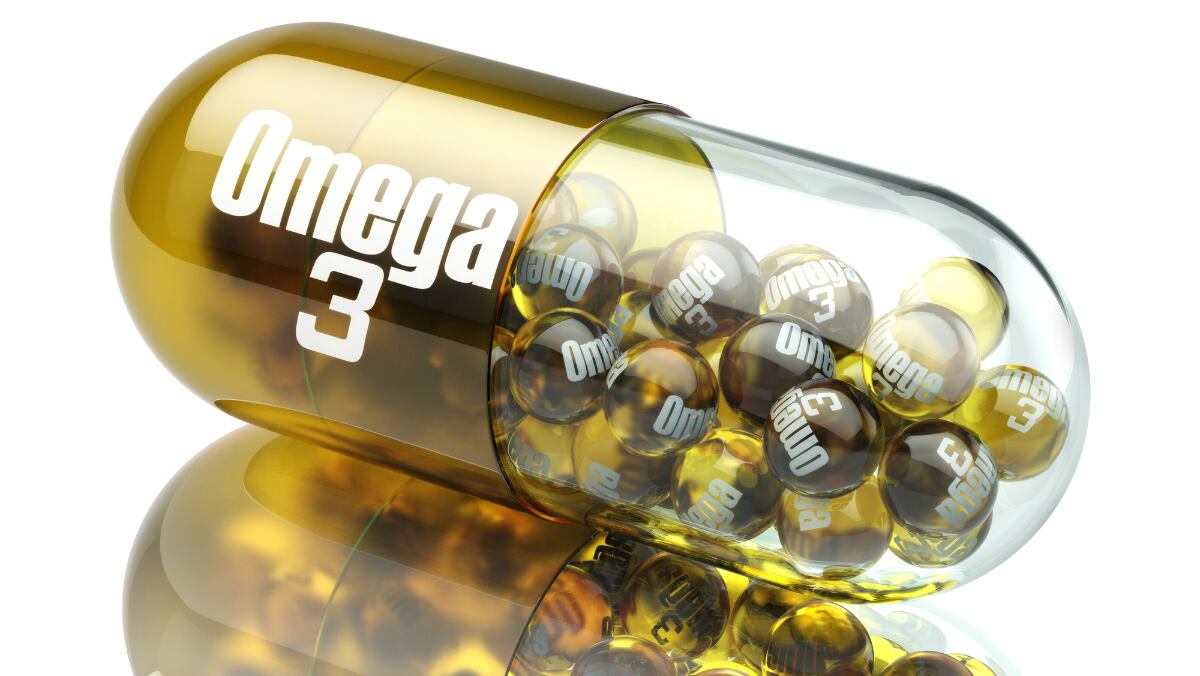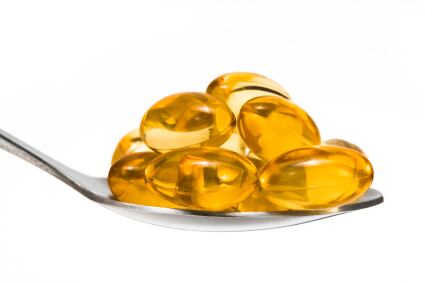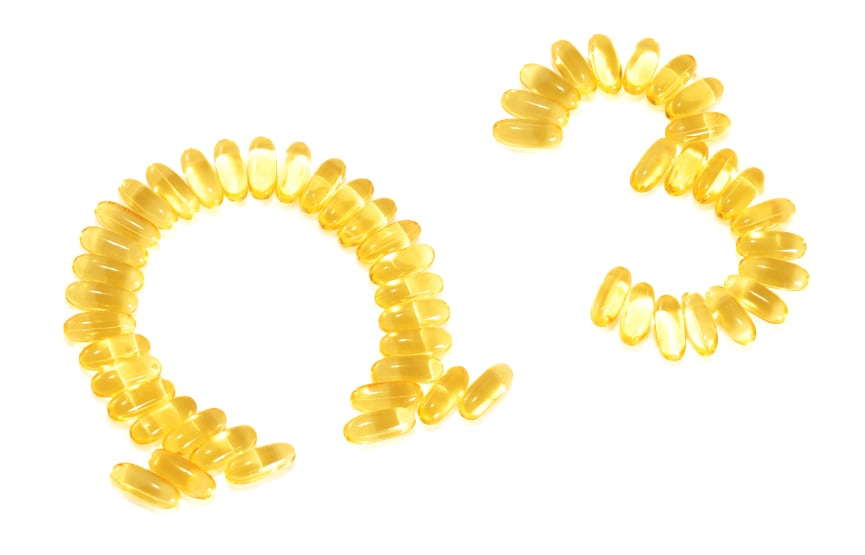The Omega-3 Index measures the level of long-chain omega-3 fatty acids, EPA+DHA, in red blood cell membranes expressed as a percent of total fatty acids.
An Omega-3 Index in the range of 8-12% is one indicator of better overall health. As a part of an overall healthy lifestyle, an Omega-3 Index in the 8-12% range may help to maintain heart, brain, eye and joint health.
Data from two cross-sectional studies comparing EPA plus DHA and fish intakes with the Omega-3 Index (O3I) found that, to achieve an O3I of 8%, intakes of fish and/ or dietary supplements would have to significantly exceed current recommendation from the American Heart Association, which recently downgraded its advice on seafood intake to “…1 to 2 seafood meals per week”.
“The current fish intake recommendations (1–2 servings of seafood per week) are unlikely to produce a cardioprotective O3I level, but consuming primarily oily fish 3 times or more per week and supplementation may,” wrote the authors of the new study, led by Dr Kristina Jackson from OmegaQuant in Prostaglandins, Leukotrienes and Essential Fatty Acids.
Omega-3 Index
The Omega-3 Index test was invented by Dr William Harris, PhD, of the Sanford School of Medicine at the University of South Dakota, along with a collaborator. Dr Harris is also the president of OmegaQuant, the company he founded to manufacture and market the test kits. The minimally invasive test, which has been on the market for several years, easily measures omega-3 levels in the blood.
The new paper looks at data from 3,458 people who submitted dried blood spot samples for O3I testing at OmegaQuant. They also answered questions about their fish intake and supplement use.
The results indicated that, for those people who reported taking no omega-3 supplements and consuming no fish, the average O3I was about 4.1%.
On the other hand, people taking omega-3 supplements and consuming three fish meals a week had an average O3I of 8.1%.
“These results, in addition to results from recent RCTs, certainly give us pause to rethink the optimal amount of fatty fish to consume and/or EPA/DHA supplements to take.”
- Harry Rice, PhD, VP of regulatory & scientific affairs for the Global Organization for EPA and DHA Omega-3s (GOED)
“Therefore, there is a discrepancy between the amount of EPA+DHA provided by current fish intake recommendations (250–500 mg/d) vs. the amount needed by most Americans to reach an O3I of 8% (> 800 mg/d, according to our calculations),” wrote Dr Jackson and her co-authors.
Even if the recommendations were “at least two to three servings of oily fish per week” (and not “1–2 servings of seafood”), individuals would not get to an O3I of greater than 8%.
“To achieve that, either adding an EPA+DHA supplement or increasing to 4–5 servings of oily fish per week would be necessary,” they wrote.
‘A more effective approach to reducing the risk of heart disease’
“The AHA currently recommends one to two fish meals per week and it does not recommend supplementation for the general population. In light of our findings, this regimen is unlikely to produce a cardioprotective Omega-3 Index of 8%,” explained Dr. Jackson in a press release.
“Having dietary recommendations that aim to achieve a target blood level would likely be more effective at reducing the risk for heart disease.”
The O3I calculator
OmegaQuant released a calculator last year to help people estimate their omega-3 needs, and how to tailor their diets and supplement regimen to achieve a target Omega-3 Index.
According to the tool, which can be accessed HERE, a man with an O3I of, for example, 4.5%, would need about 950 mg of EPA plus DHA daily to get to the 8% O3I level. To achieve this, three servings of wild sockeye salmon per week would give him about 410 mg of EPA plus DHA per day, meaning he’d need to add dietary supplements providing 500 mg per day to this.
Or, he could just consume omega-3 supplements providing the full 900 mg EPA+DHA dose every day. Whatever the approach, it would need to be consistent for at least 4 months in order to reach a new steady state O3I
Source: Prostaglandins, Leukotrienes and Essential Fatty Acids
March 2019, Volume 142, Pages 4-10, doi: 10.1016/j.plefa.2019.01.002
“Association of reported fish intake and supplementation status with the omega-3 index”
Authors: K.H. Jackson et al.





